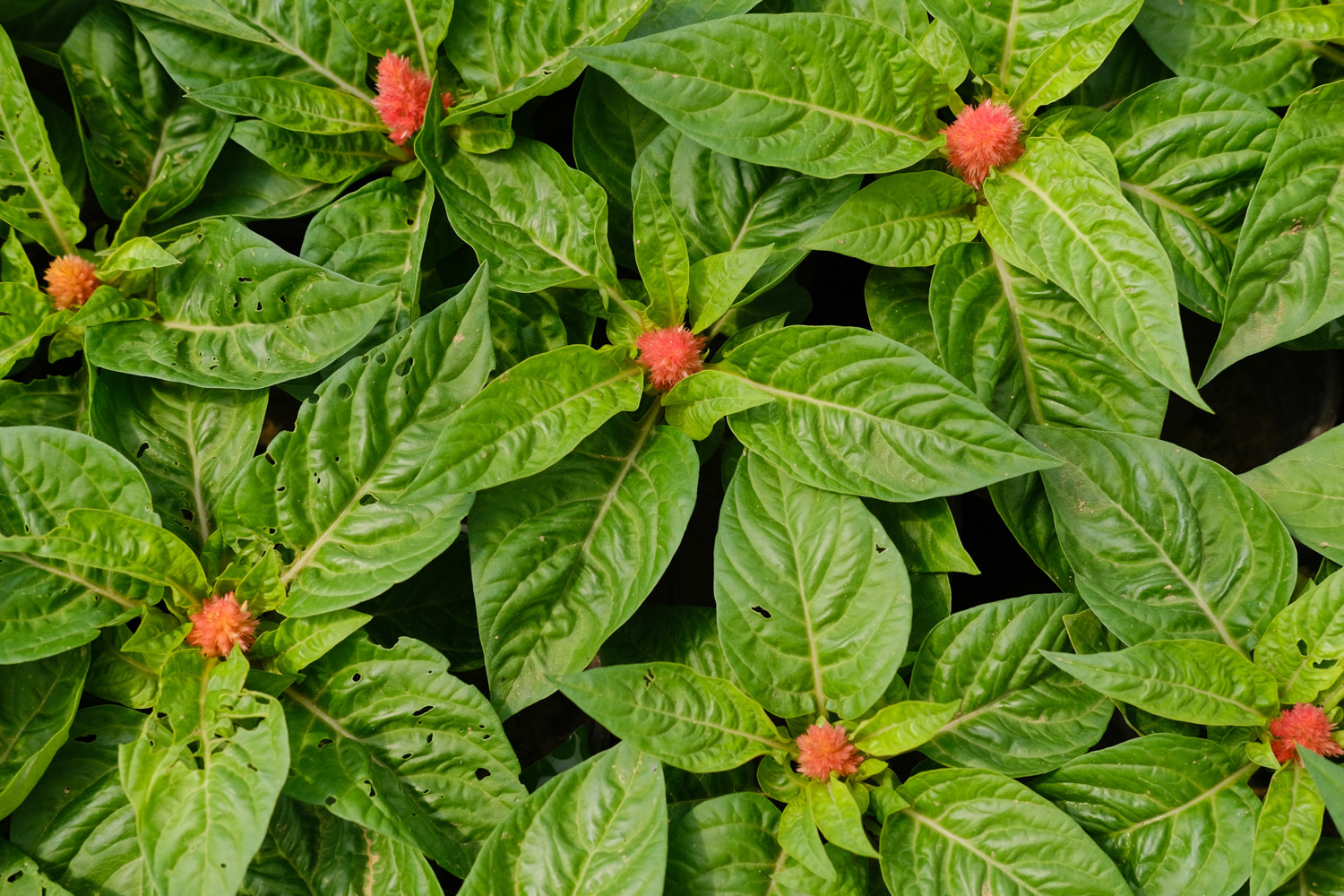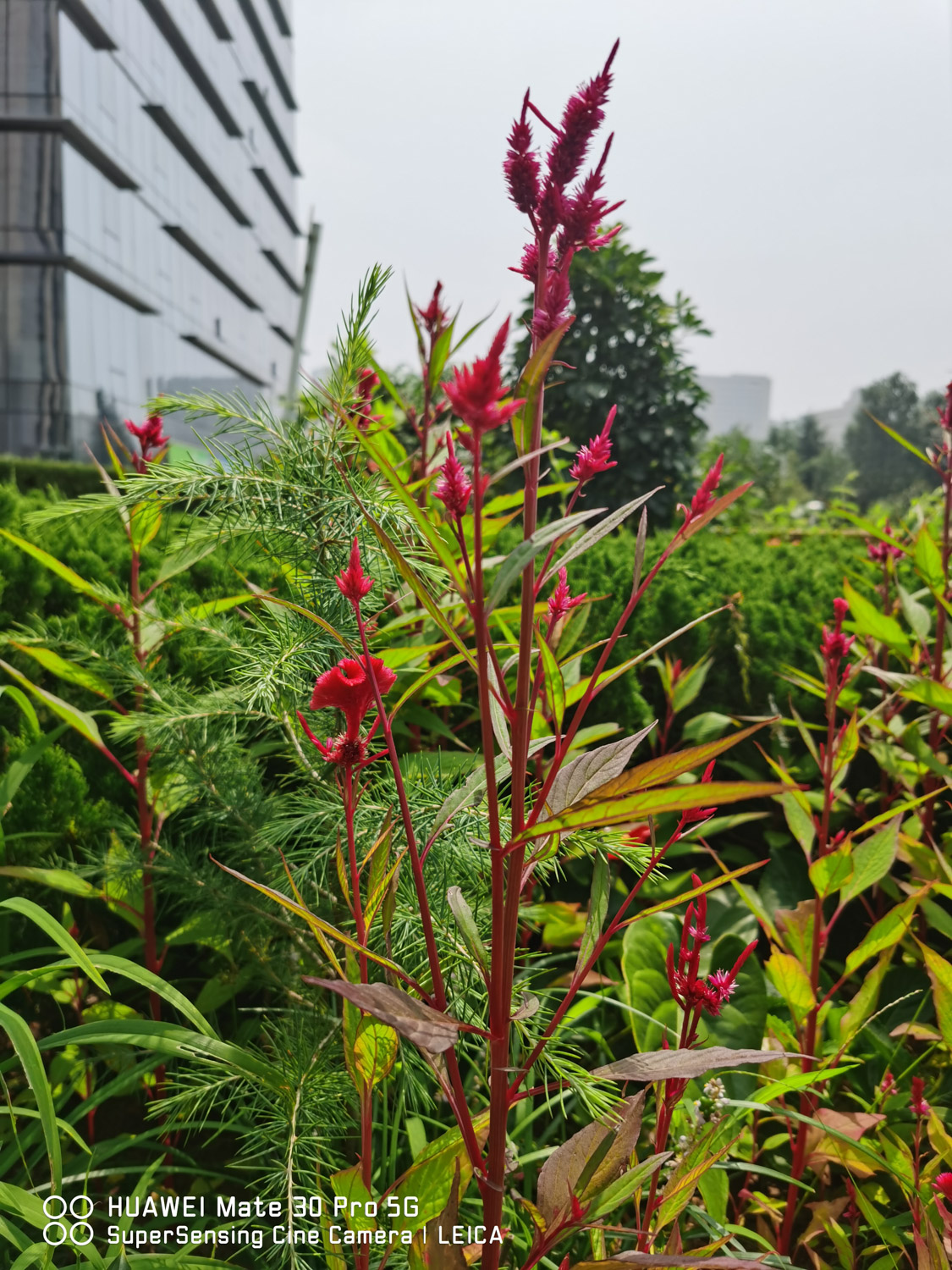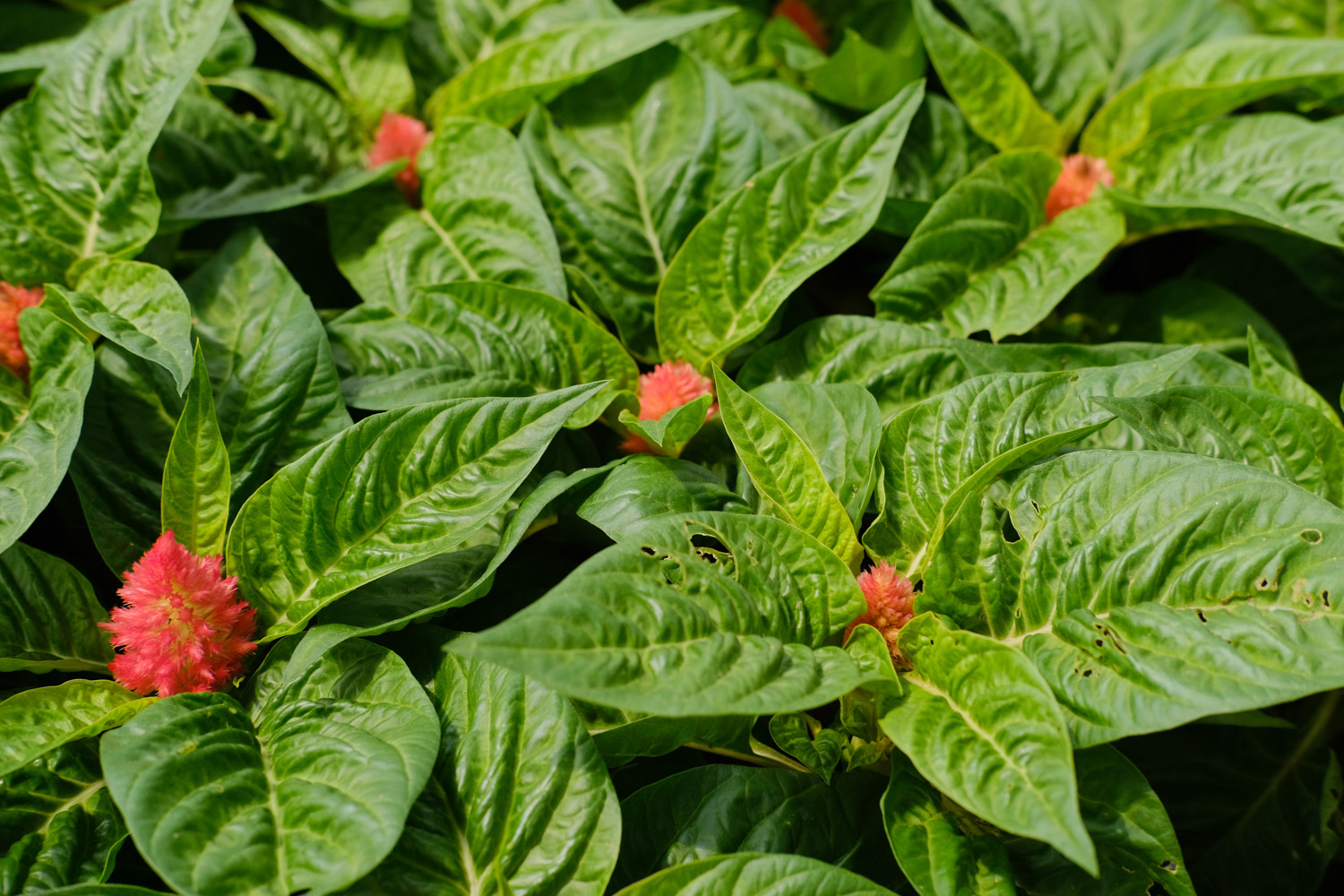1、 Temperature aspect
The annual cockscomb is suitable for growing in a warm and slightly dry environment with plenty of light. The best temperature for sowing cockscomb is 20 to 25 degrees. After completion, we also need to pay attention to regulating the temperature of basin soil to provide a good space for its growth. In winter, we need to move cockscomb indoors or in the flower shed, otherwise the cold environment is not conducive to growth, and even freeze the plants

2、 Watering
Cockscomb likes a warm and dry climate. Too much watering will rot its roots, so it is necessary to control the amount of watering. Sufficient water is needed after planting. Cockscomb in the growth period needs a lot of water, so the water can be increased appropriately. When potting cockscomb indoors in winter, you can water it appropriately according to the soil conditions in the basin, and try to maintain a dry environment

3、 Cultivation
Before sowing, we can mix some fine soil and a small amount of fertilizer in the soil. After sowing, we can gently cover a layer of soil and water to keep the soil moist. It is suggested that after sowing seeds, add a layer of transparent film, which can maintain the moisture and temperature of the soil and promote seed germination. Buds can grow in 7 to 10 days, and there is no need to water during this period. After cockscomb grows tender seedlings, pull out some seedlings that do not grow well. When most small seedlings grow to 5 to 6 cm, they can be dug up and planted

4、 Other precautions
1) For dwarf varieties, in order to promote the branching of cockscomb, it is optional to pick the heart after colonization. When used as cut flowers, the cockscomb can be picked when it grows to about 30 cm
2) In addition to applying sufficient fertilizer for sowing, it is also necessary to apply compound fertilizer once or twice before and during flowering, which is not easy to use too much fertilizer
3) Cockscomb generally does not have diseases and insect pests. When it is in the growth period, it should be more protected against aphids. If root rot occurs, the plant should be uprooted

 how many times do yo...
how many times do yo... how many planted tre...
how many planted tre... how many pine trees ...
how many pine trees ... how many pecan trees...
how many pecan trees... how many plants comp...
how many plants comp... how many plants can ...
how many plants can ... how many plants and ...
how many plants and ... how many pepper plan...
how many pepper plan...





























